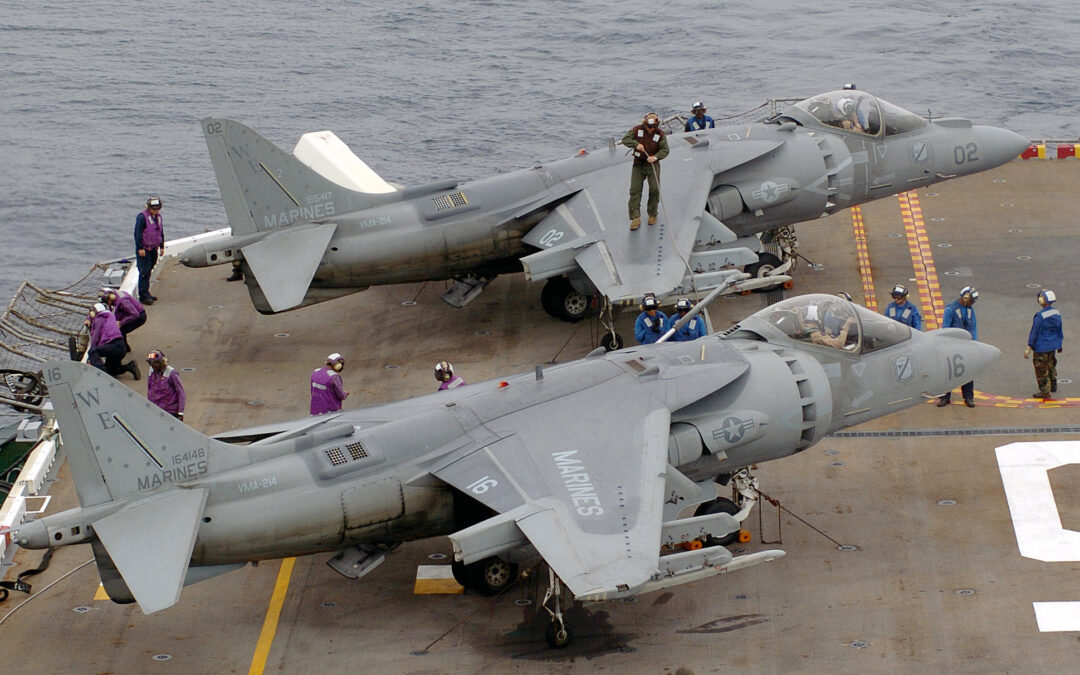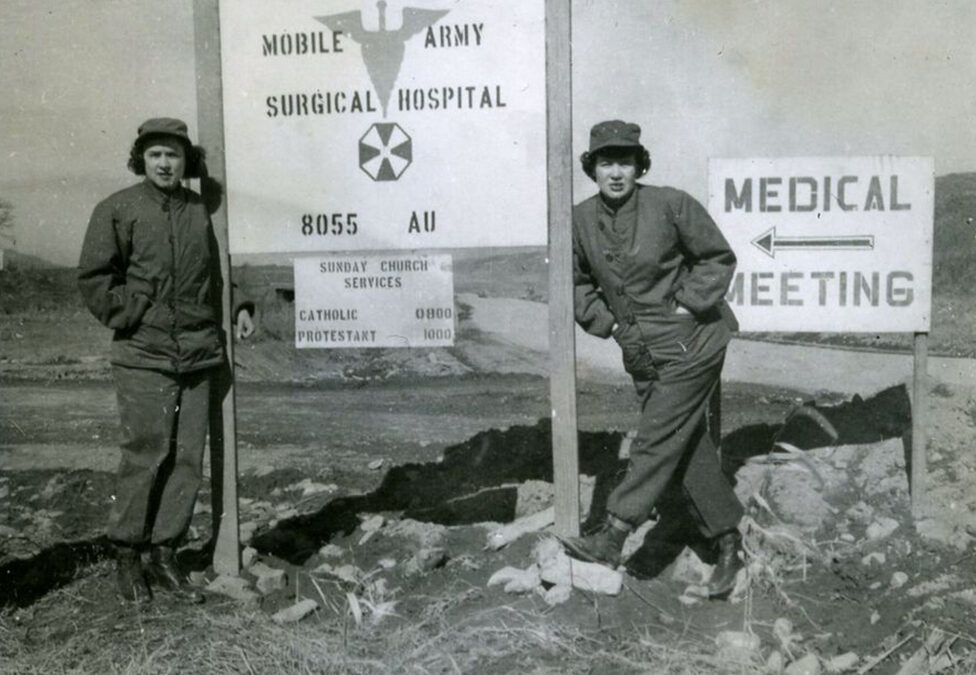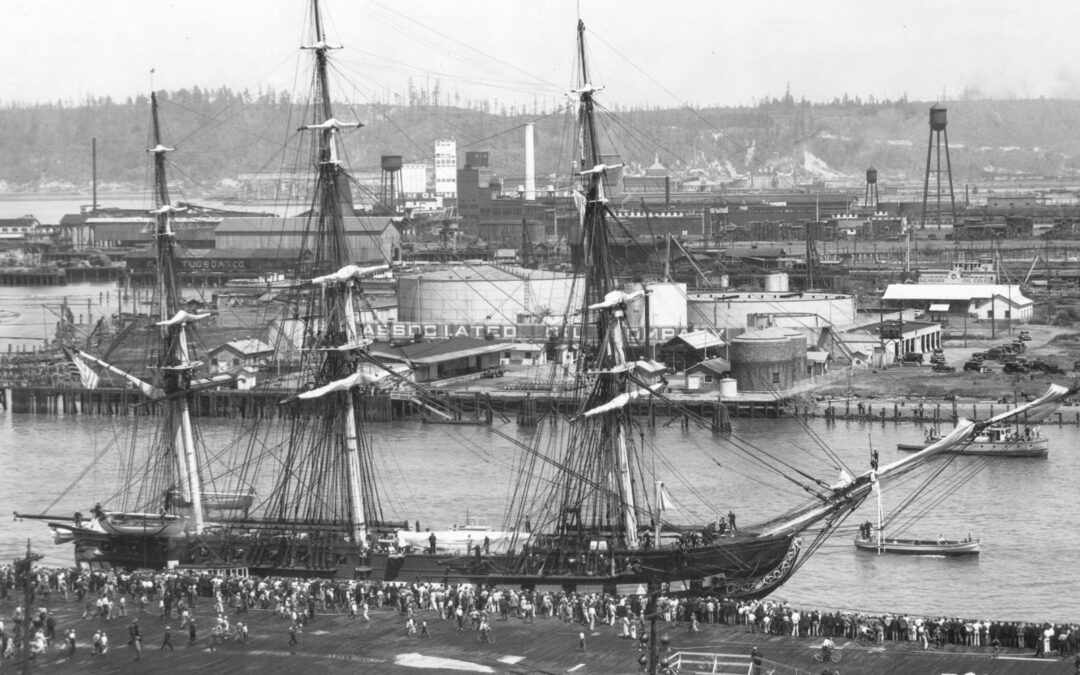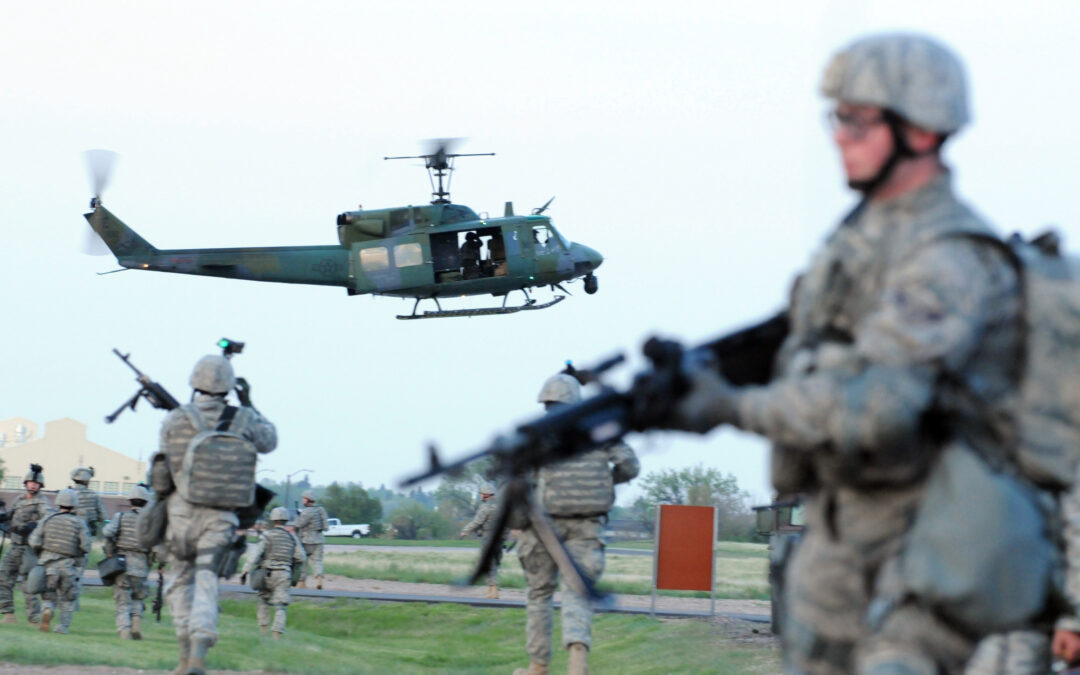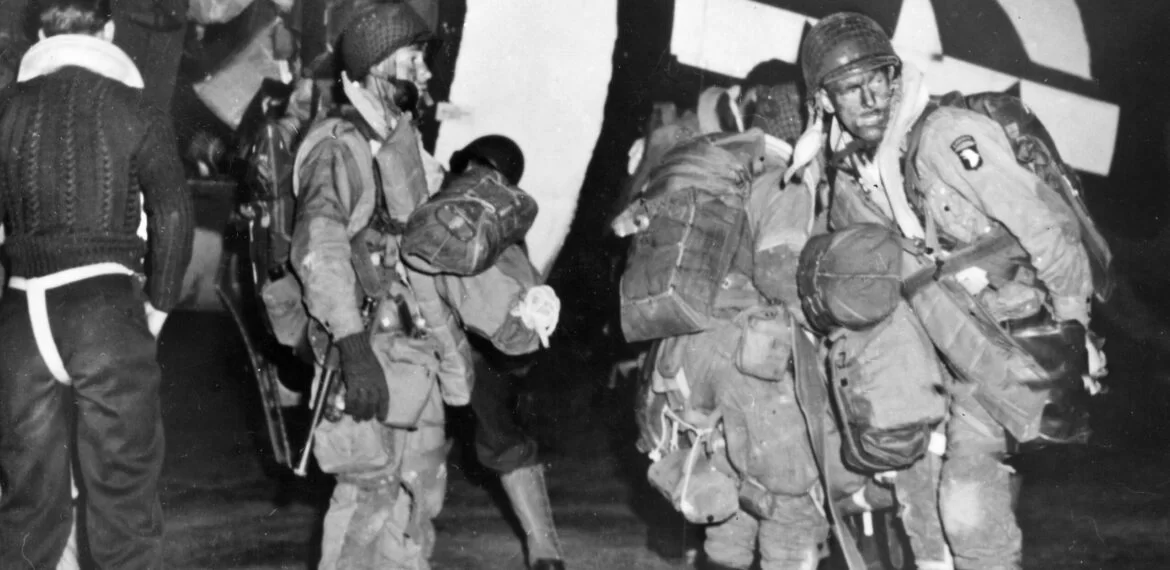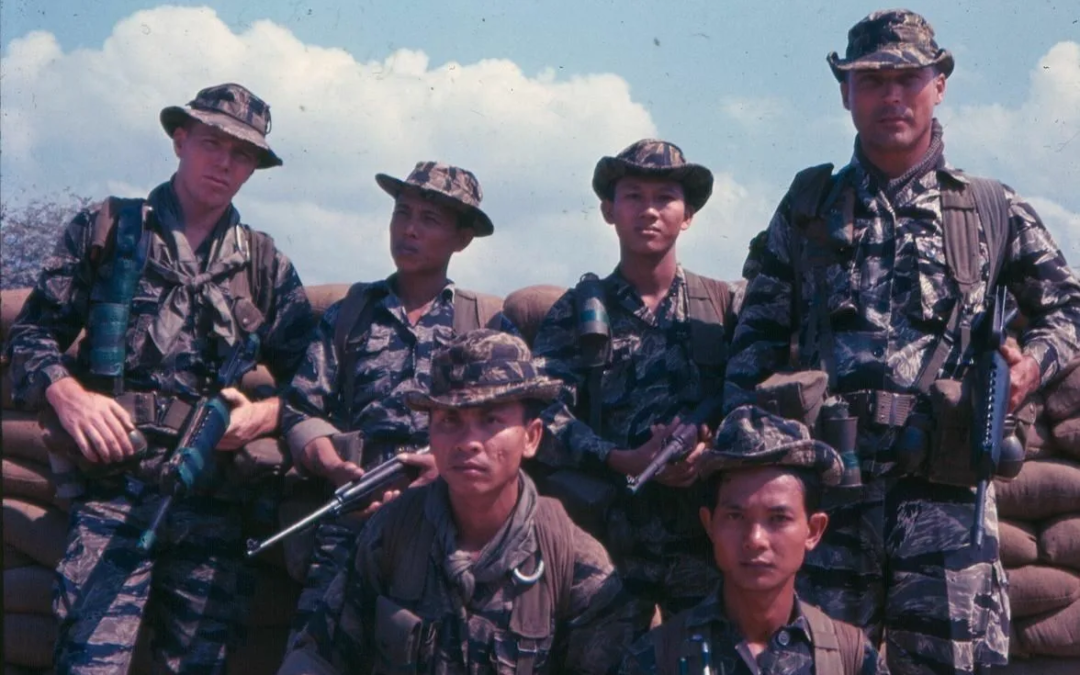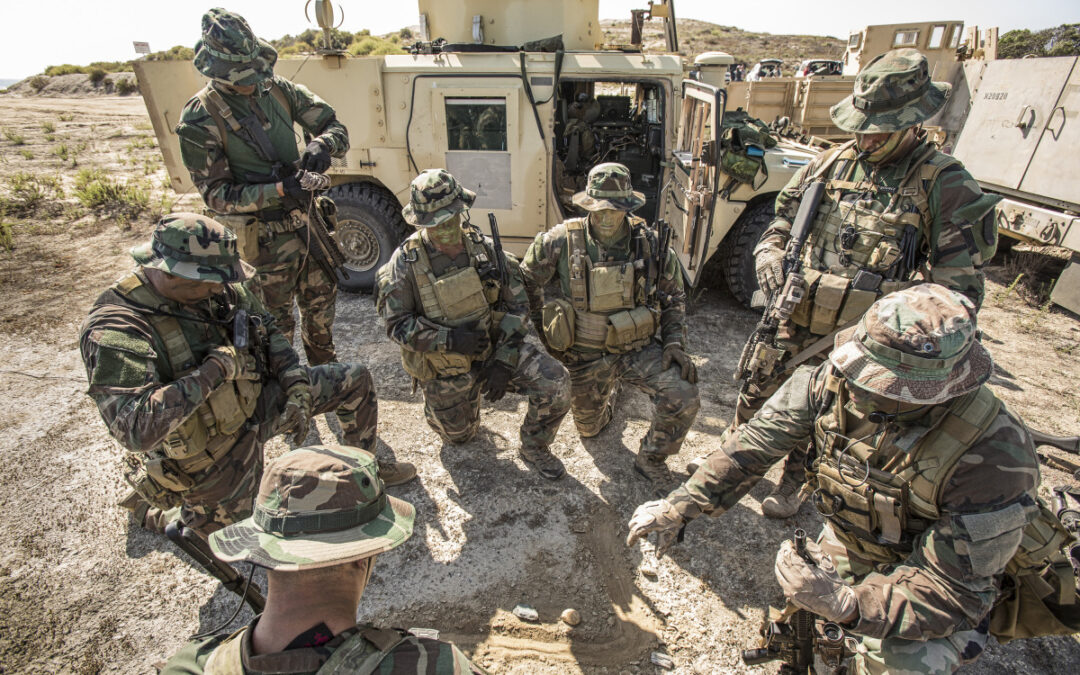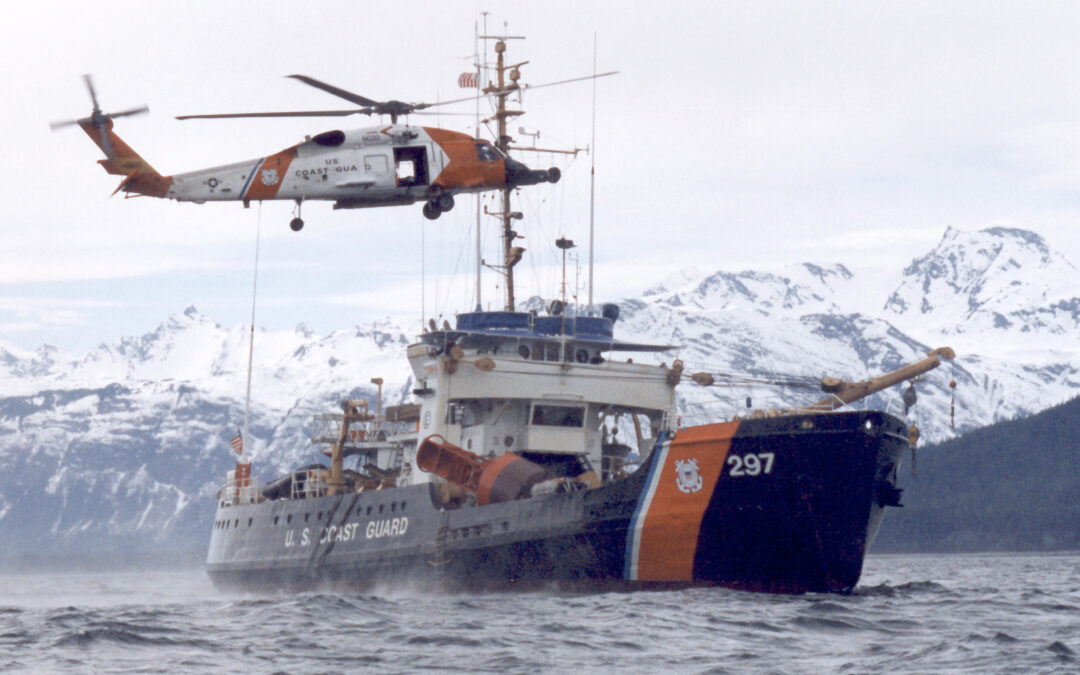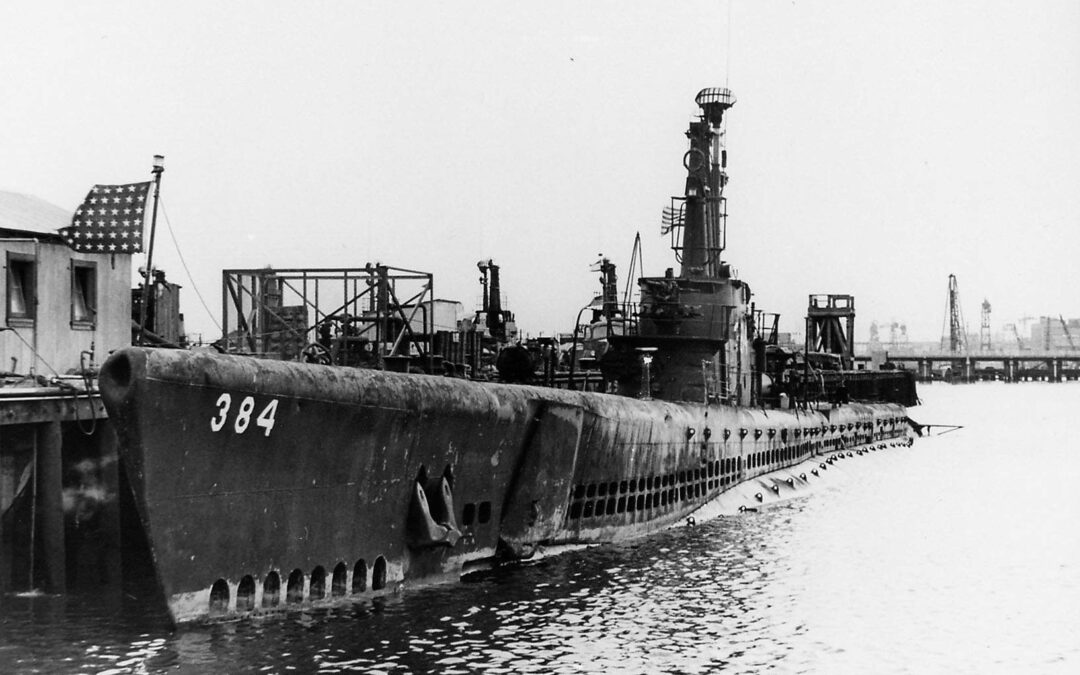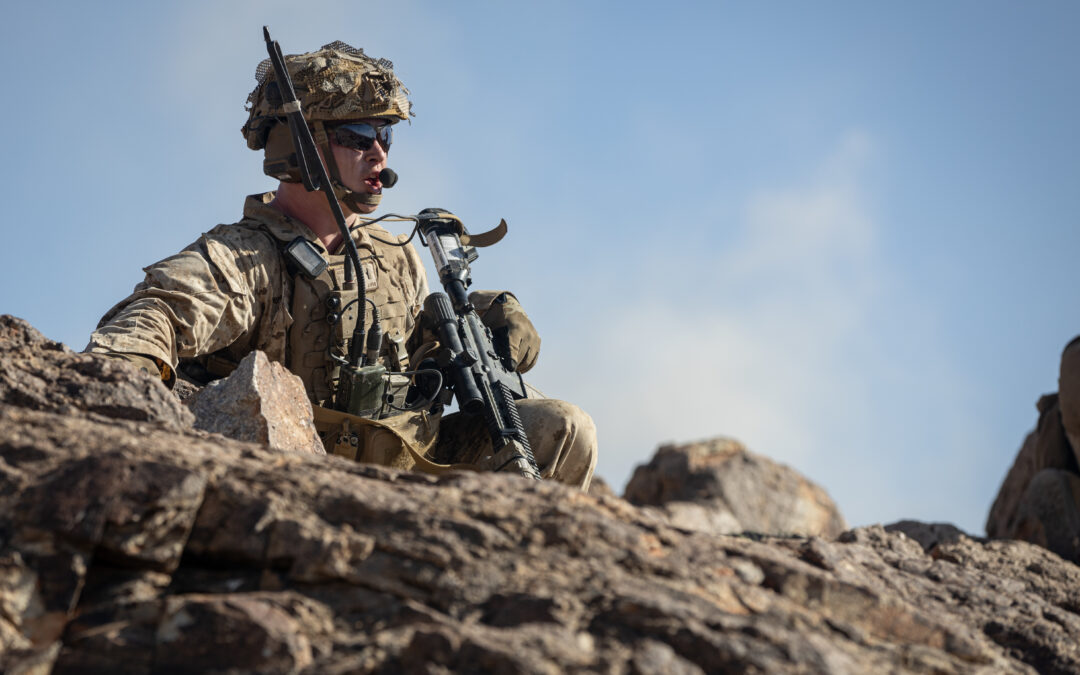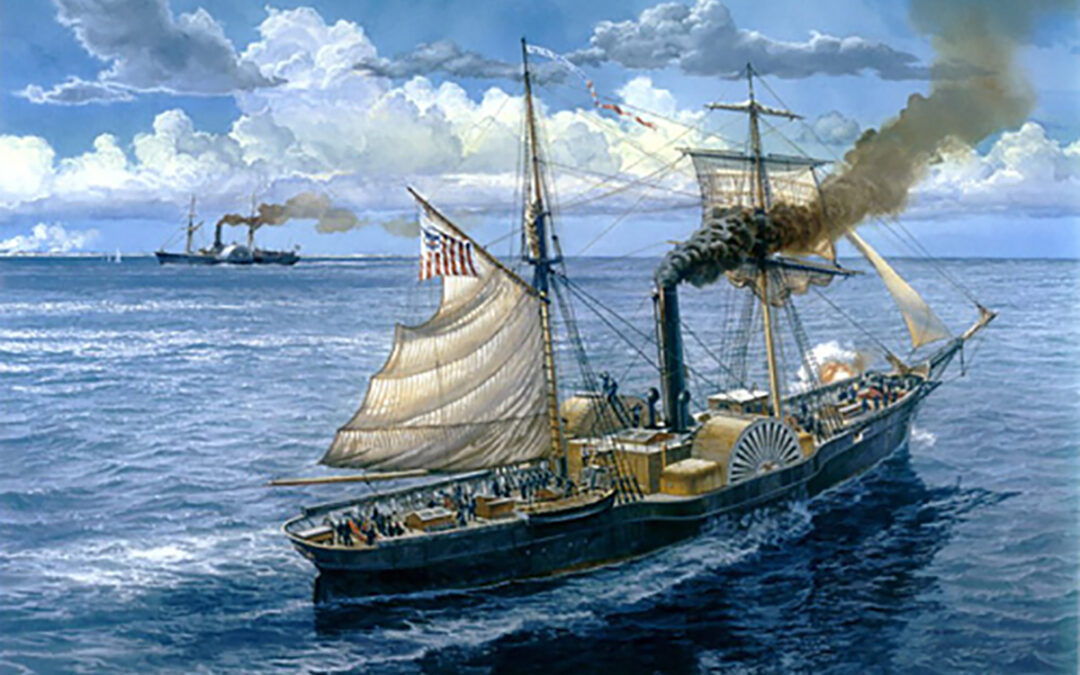"…We are poor little lambsWho have lost our way?Baa! Baa! Baa!We are little black sheepWho have gone astray.Baa! Baa! Baa!Gentlemen songsters off on a spreeDamned from here to eternityGod have mercy on such as we.Baa! Baa! Baa!" From Espiritu Santo, the Squadron was moved forward to Guadalcanal and Henderson Airfield in the Solomon Islands. At first, the Squadron was not assigned aircraft or ancillary personnel; its pilots flew to Guadalcanal and later the Russell Islands in borrowed planes. From Guadalcanal, they would be moved to Munda and Vella Lavella. Originally, the Squadron called itself "Boyington's Bastards" after its new commander, for the fact that all the pilots had been "orphans" and not attached to a squadron when they got together, and the fact they possessed few reliable planes and no mechanics. Although they dropped the moniker "Boyington's Bastards," the Squadron still retains the black bar of bastardy across its insignia. They chose for their badge the black shield...
